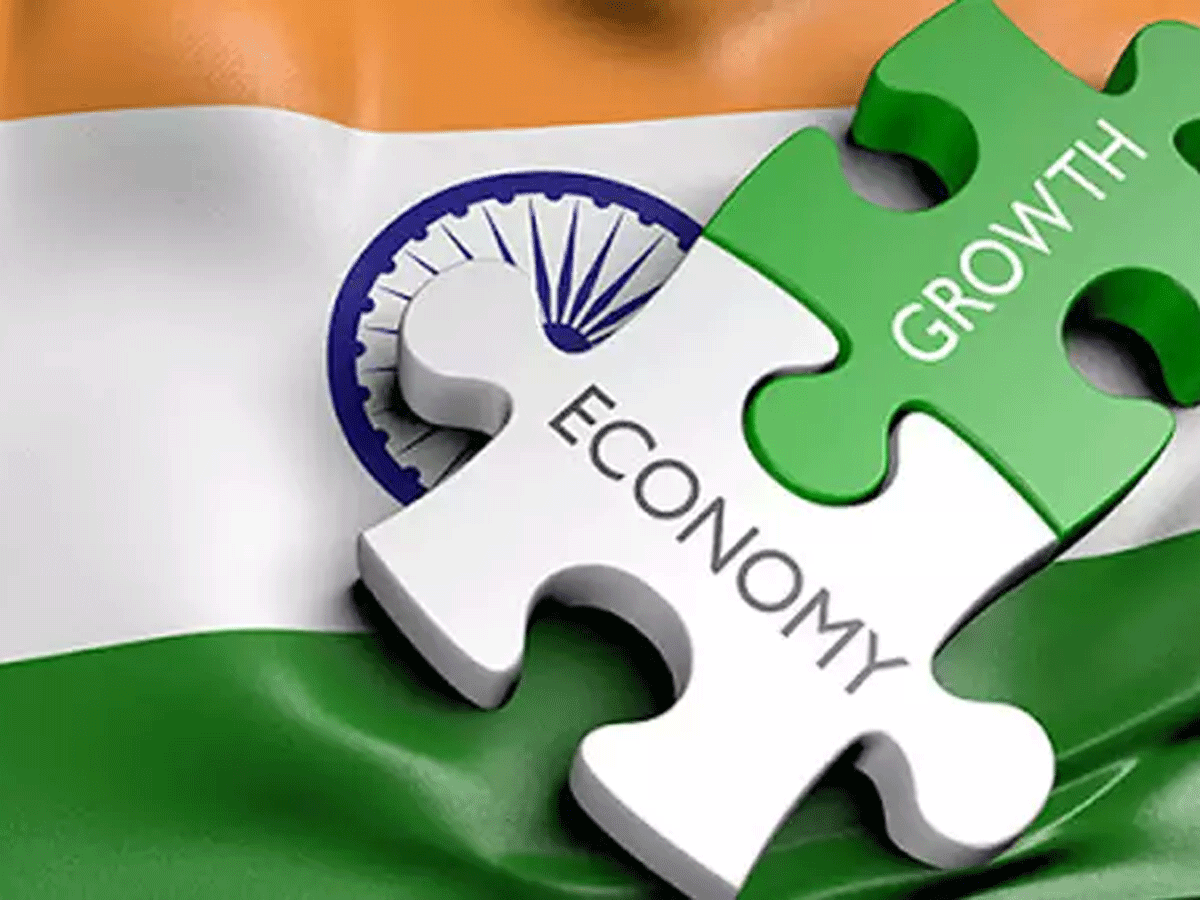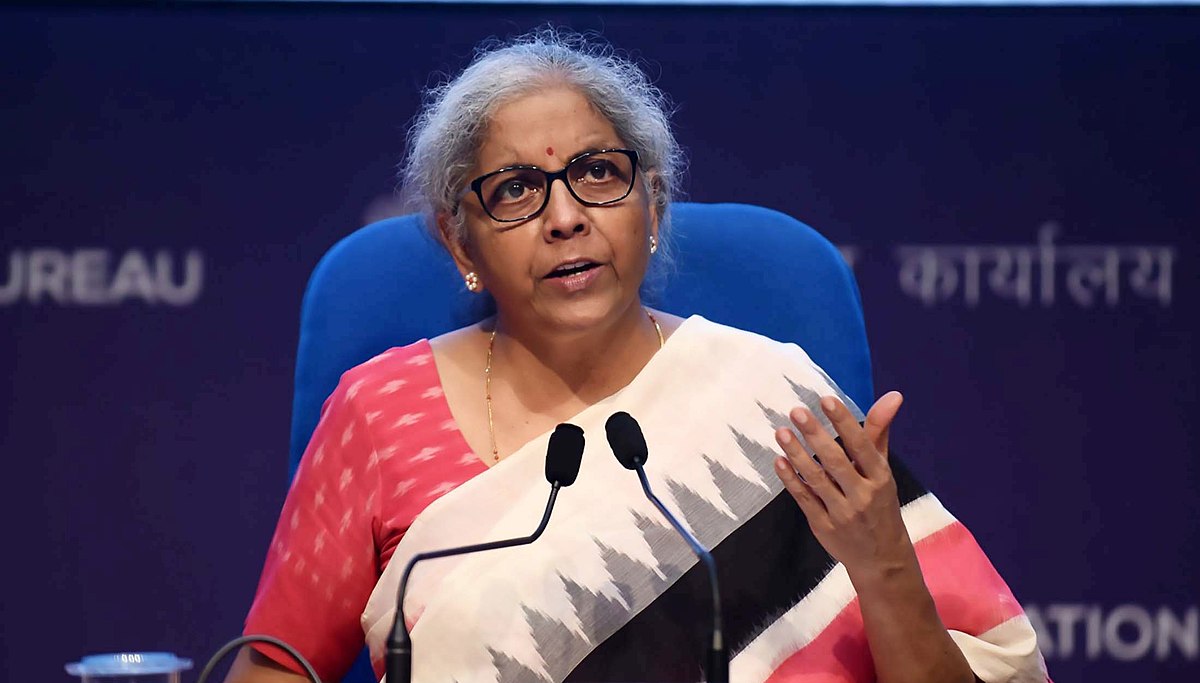
Economic growth in the country versus unskilled youth
- October 9, 2024
- 0
By the end of this decade, if India’s gross domestic product (GDP) continues to grow at the rate of seven per cent per annum, we will overtake Germany and Japan to become the third largest economy in the world. And by 2047, our country will become a country with an economy of 21 trillion dollars. This is the current size of the US economy, which means we will definitely be an economic superpower.
But income alone does not make people prosperous and happier. India not only needs to increase GDP but it also needs better education and health, better employment, reduction in inequality and social integration. Learning levels remain poor and most of the youth are unskilled and do not know how to do even basic functions.
As a result, the danger is that India’s demographic dividend may turn into a demographic disaster. The World Bank says that the employment ratio is declining. Agricultural employment should have decreased, but it is increasing. Those who did find work outside the farms were largely employed as daily wage earners in the manufacturing and services sectors. The government’s response has been that it is not its job to create jobs. The private sector should create jobs.
But with complicated labour laws, land made so expensive by out dated regulations and other high costs of doing business, the private sector prefers to invest in high-tech and in capital intensive sector and not in low skilled manufacturing, where a lot of people with low skill could expect to find jobs.
Many companies outsource their work to smaller firms that employ low skilled daily labour. Jobs in the tech sector are growing, but they cannot meet the employment needs of the ten million young people joining the labour force every year. The government’s industrial policy’s PLI subsidy is focused on less labour-intensive sectors. Therefore, the lack of employment is not surprising.
However, the rise in the number of billionaires in India is an indication that India is creating large-scale companies that have the potential to compete with global competition alike Korea and Japan. They create a supply chain where small companies prosper.
But we have seen in Latin America that large companies that are shielded from global competition become a major obstacle when they are able to influence politics and thus regulation.
Lack of innovation and companies that can influence regulation has led Latin America into a middle-income trap. It remains to be seen whether India will go the way of Korea and Japan with globally competitive companies or the way of Latin America with protected markets. In protected markets, consumers have to pay higher margins and the country may fall into a middle-income trap.
New welfare systems where the poor are given free food grains, gas cylinders, and free electricity and water connections may help win some elections. But without creating more jobs, we cannot have a “developed” India.
India’s growth model needs serious reform because once inequality and inefficiency are entrenched; it will be difficult to remove them. We want a prosperous India as well as an inclusive India so that India can become a prosperous country.
👇 Please Note 👇
Thank you for reading our article!
If you don’t received industries updates, News & our daily articles
please Whatsapp your Wapp No. or V Card on 8278298592, your number will be added in our broadcasting list.



































































